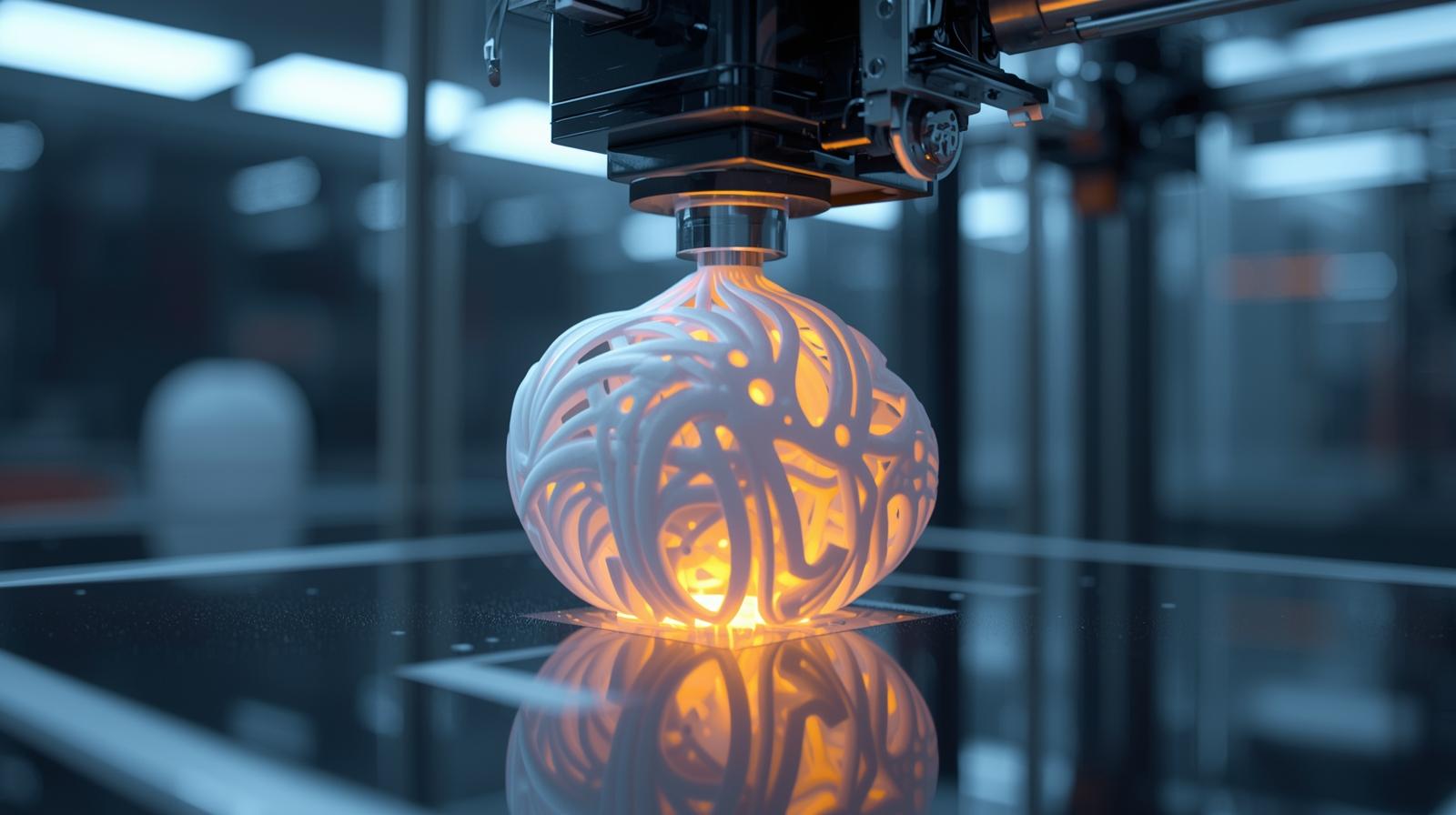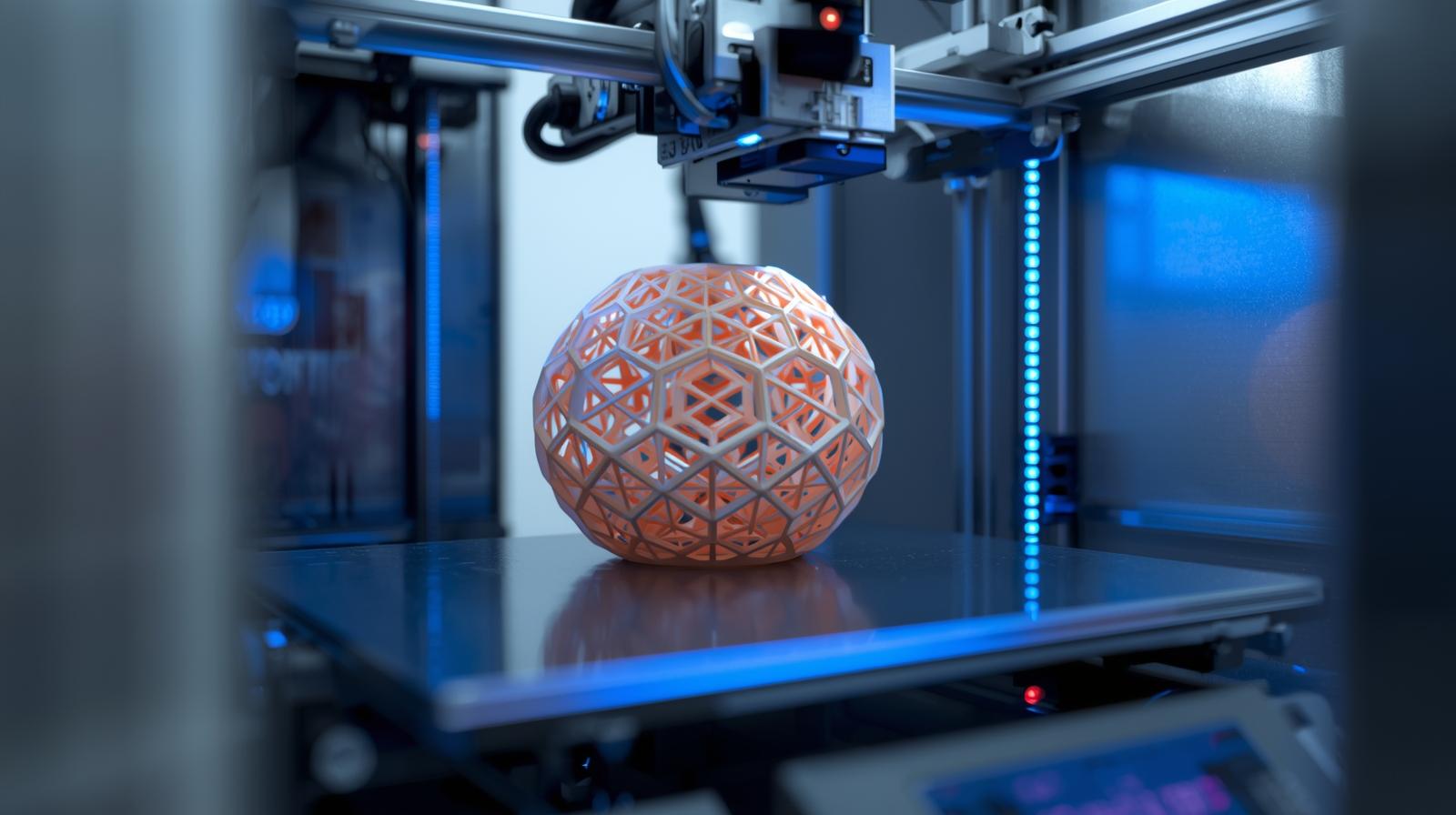The landscape of modern medicine is perpetually evolving, driven by technological innovations that promise better patient outcomes, increased efficiency, and more personalized care. Among these advancements, 3D printing, also known as additive manufacturing, stands out as a truly transformative force. Moving beyond prototyping and hobbyist projects, 3D printing is now firmly entrenched in clinical settings, research laboratories, and medical device companies worldwide. The core value of this technology lies in its ability to create complex, customized objects layer by layer from a digital file. This article delves deep into the multifaceted benefits of 3D printing in healthcare and medical devices, exploring how it is reshaping everything from surgical planning to the very future of organ transplantation.
The global 3D printing market size was estimated at USD 15.35 billion in 2024 and is predicted to increase from USD 16.16 billion in 2025 to approximately USD 35.79 billion by 2030, expanding at a CAGR of 17.2% from 2025 to 2030.

From Blueprint to Biological: Understanding the Technology
At its heart, 3D printing in medicine involves using patient-specific data, typically from CT or MRI scans, to create precise digital models. These models are then sent to a 3D printer, which fabricates a physical object using a variety of materials. The materials used are as diverse as the applications themselves, ranging from plastics and metals for durable implants and tools to specialized biocompatible resins and even living cells for bioprinting applications. This fundamental process unlocks a new paradigm of customization and precision that was previously unimaginable in mass-produced healthcare.
Revolutionizing Surgical Preparation and Execution
One of the most immediate and impactful benefits of 3D printing in healthcare and medical devices is in the realm of surgical planning. Surgeons traditionally relied on 2D images from scans to visualize complex anatomy and plan their approach. 3D printing changes this completely by providing a tangible, patient-specific model of the organ, bone, or area requiring surgery. A cardiac surgeon can hold a precise replica of a patient’s heart with a congenital defect, allowing for meticulous pre-operative planning. An orthopedic surgeon can practice a complex spinal fusion on a model that perfectly matches the patient’s unique vertebrae. This hands-on rehearsal leads to significantly reduced operating times, minimized risk of errors, less time under anesthesia for the patient, and improved overall surgical outcomes.
The Era of Personalized Implants and Prosthetics
Perhaps the most celebrated application is the creation of custom-fitted medical devices. Standard-sized implants and prosthetics often require surgeons to compromise during procedures, leading to less-than-ideal fits that can cause discomfort or require revision surgeries. 3D printing elegantly solves this problem.
-
Patient-Specific Implants: Titanium hip joints, cranial plates, and spinal cages can be designed to perfectly match a patient’s unique anatomy. This perfect fit promotes better osseointegration (bone ingrowth), enhances stability, and improves long-term functionality.
-
Custom Prosthetics: Traditional prosthetics can be expensive, generic, and uncomfortable. 3D printing enables the rapid and cost-effective production of lightweight, durable, and perfectly fitted prosthetic limbs. This is especially transformative for children, who quickly outgrow their prosthetic devices. Furthermore, prosthetics can be personalized with designs and colors, empowering the user and reducing the social stigma associated with them.
Democratizing Access with Point-of-Care Manufacturing
3D printing is democratizing access to specialized medical tools. Hospitals are increasingly establishing in-house 3D printing labs, allowing them to become manufacturers themselves. This point-of-care manufacturing model means that surgeons can design and produce surgical guides, jigs, and specialized instruments on-demand. A surgical guide, printed the night before a surgery, can ensure that a knee replacement is placed with pinpoint accuracy. This reduces reliance on external suppliers, slashes costs, and drastically shortens the wait time for essential equipment, ultimately accelerating patient care.
Advancing Pharmaceutical Research and Drug Delivery
The benefits of 3D printing in healthcare and medical devices extend into pharmacology. Researchers are using 3D printing to create intricate tissue models for drug testing, providing a more ethical and accurate alternative to animal testing. Furthermore, the technology enables the fabrication of polypills—a single pill containing multiple drugs with different release times. This allows for highly personalized dosage forms, improving medication adherence for patients managing complex conditions like hypertension, diabetes, or heart disease. This tailored approach to pharmacology represents a significant leap towards personalized medicine.
Bioprinting: The Frontier of Regenerative Medicine
The most futuristic yet rapidly advancing application is bioprinting. This process involves using “bio-inks” made from living cells and biomaterials to create tissue-like structures. While still largely in the research phase, scientists have successfully bioprinted skin grafts for burn victims, cartilage for reconstructive surgery, and even simple vascular tissues. The long-term goal is to eventually print complex, functional organs like kidneys and livers, which would effectively eliminate transplant waiting lists and the issue of organ rejection. This represents the ultimate benefits of 3D printing in healthcare and medical devices: the potential to not just treat but to truly heal and regenerate the human body.
Enhancing Medical Education and Training
The educational benefits of 3D printing in healthcare and medical devices are immense. Medical students and trainees can now learn anatomy using accurate, physical models of organs, pathologies, and complex systems instead of relying solely on cadavers or textbooks. These models can be printed to showcase specific conditions—a tumor, an aneurysm, a fractured bone—providing an unparalleled hands-on learning experience. This improves the quality of medical education, better preparing the next generation of healthcare providers for the complexities of real-world practice.

Overcoming Challenges and Looking to the Future
Despite its profound potential, the widespread adoption of 3D printing in medicine faces hurdles. Regulatory frameworks, particularly from bodies like the FDA, are still evolving to keep pace with the technology. Ensuring consistent quality, material safety, and sterilization of printed devices is paramount. Intellectual property concerns and the need for specialized training also present challenges. However, the trajectory is clear. As technology advances, with improvements in printing speed, material science, and bioprinting capabilities, these barriers will diminish. The future points towards a healthcare ecosystem where 3D printing is seamlessly integrated into standard care pathways.
Download PDF Brochure @ https://www.marketsandmarkets.com/pdfdownloadNew.asp?id=1276
Customized Future for Healthcare
The integration of 3D printing into medicine is more than a technological trend; it is a fundamental shift towards hyper-personalized, efficient, and effective patient care. The benefits of 3D printing in healthcare and medical devices are already being realized in operating rooms, clinics, and research centers across the globe. From giving surgeons a tangible plan and patients a perfect implant to paving the way for printing life-saving organs, this technology is breaking down traditional limitations. It empowers medical professionals, engages patients in their own care, and promises a future where medical solutions are not mass-produced but are uniquely crafted for each individual. As we continue to innovate, the synergy between digital design and physical fabrication will undoubtedly remain a cornerstone of medical advancement for decades to come.
Explore In-Depth Semiconductor & Electronics Market Research
https://www.marketsandmarkets.com/semiconductorand-electonics-market-research-87.html
FAQs
What are the primary benefits of 3D printing in healthcare and medical devices?
The primary benefits include customization, rapid prototyping, cost savings, improved surgical planning, and advancements in prosthetics and bioprinting.
How does 3D printing improve patient outcomes in medicine?
It allows for personalized devices and models that fit individual needs, reducing complications and enhancing recovery times.
Is 3D printing cost-effective for medical devices?
Yes, it reduces tooling costs, minimizes waste, and enables on-demand production, making it economical for custom items.
What role does 3D printing play in surgical planning?
It provides accurate anatomical models for preoperative practice, increasing precision and reducing operative risks.
Can 3D printing be used for bioprinting tissues?
Yes, bioprinting uses living cells to create tissues, with potential for organ regeneration and drug testing.
How does 3D printing affect medical education?
It offers affordable, realistic models for hands-on training, improving understanding and skill development.
Are there challenges to adopting 3D printing in healthcare?
Challenges include regulatory approvals, material safety, and ethical concerns, but benefits often outweigh these.
What future developments can we expect from 3D printing in medical devices?
Future developments may include fully functional printed organs, integrated sensors, and widespread on-site manufacturing.
How does 3D printing enhance prosthetics?
It enables custom-fit, lightweight designs that are affordable and adjustable, improving user comfort and mobility.
Is 3D printing sustainable in healthcare applications?
Yes, it reduces material waste and supports local production, aligning with eco-friendly practices in medicine.
See The Latest Semiconductor Reports:
Oil Condition Monitoring Market Size, Share & Trends : https://www.marketsandmarkets.com/Market-Reports/oil-condition-monitoring-market-62105661.html
Agriculture IoT Market Size, Share & Trends : https://www.marketsandmarkets.com/Market-Reports/iot-in-agriculture-market-199564903.html
Real-time Location Systems (RTLS) Market Size, Share & Trends : https://www.marketsandmarkets.com/Market-Reports/real-time-location-systems-market-1322.html
LiDAR Market Size, Share & Trends: https://www.marketsandmarkets.com/Market-Reports/lidar-market-1261.html
HVDC Transmission Market Size, Share & Trends: https://www.marketsandmarkets.com/Market-Reports/hvdc-grid-market-1225.html
